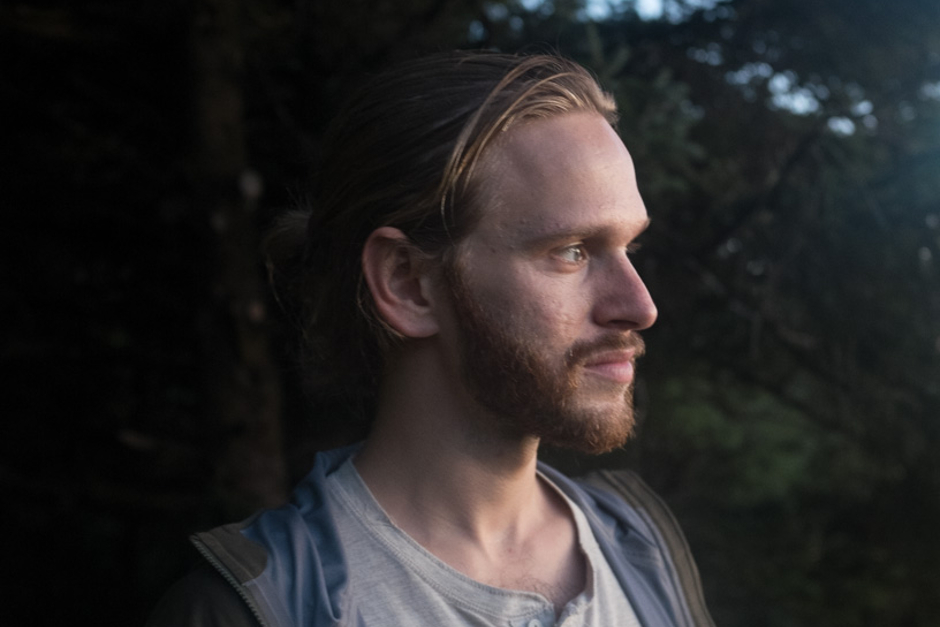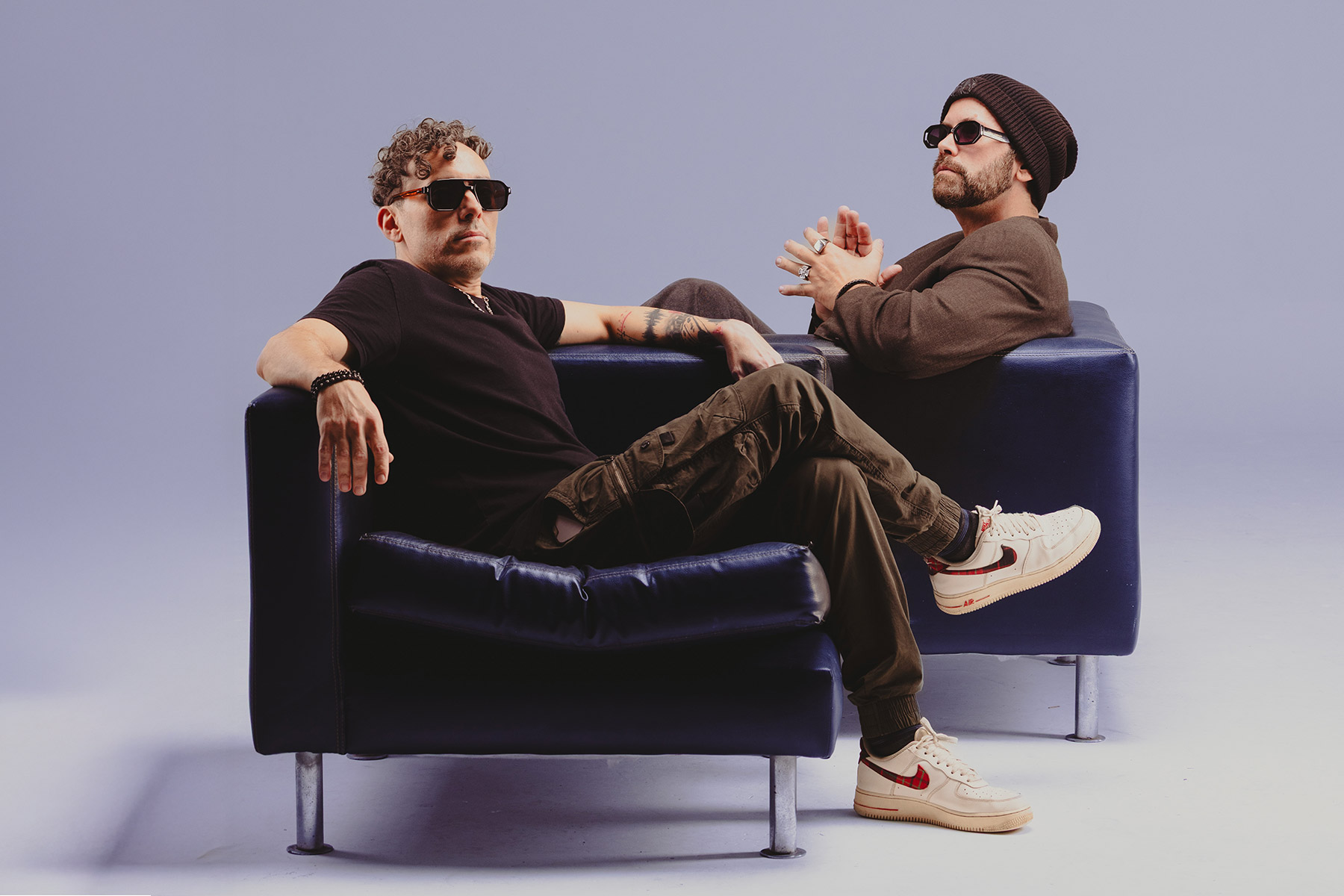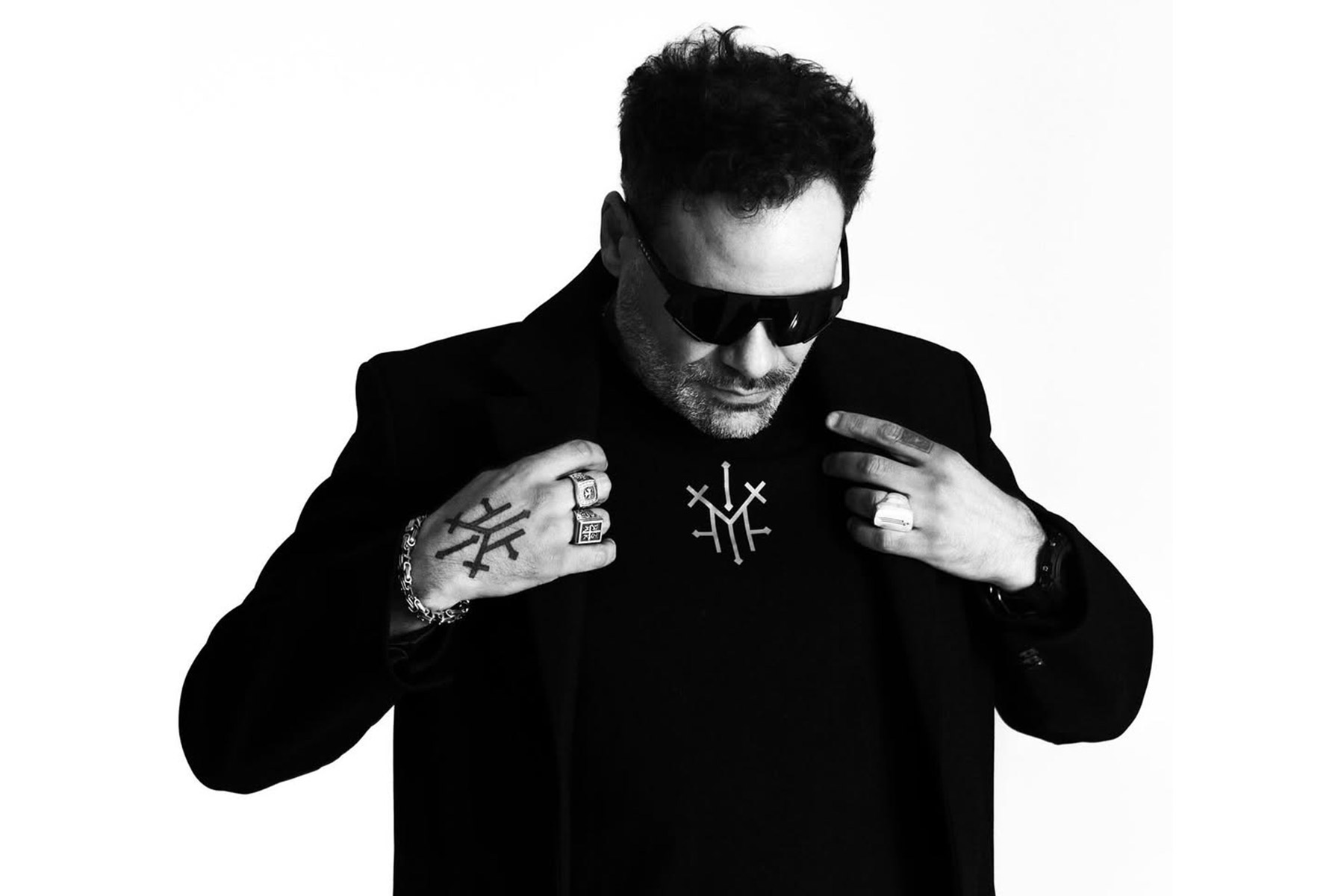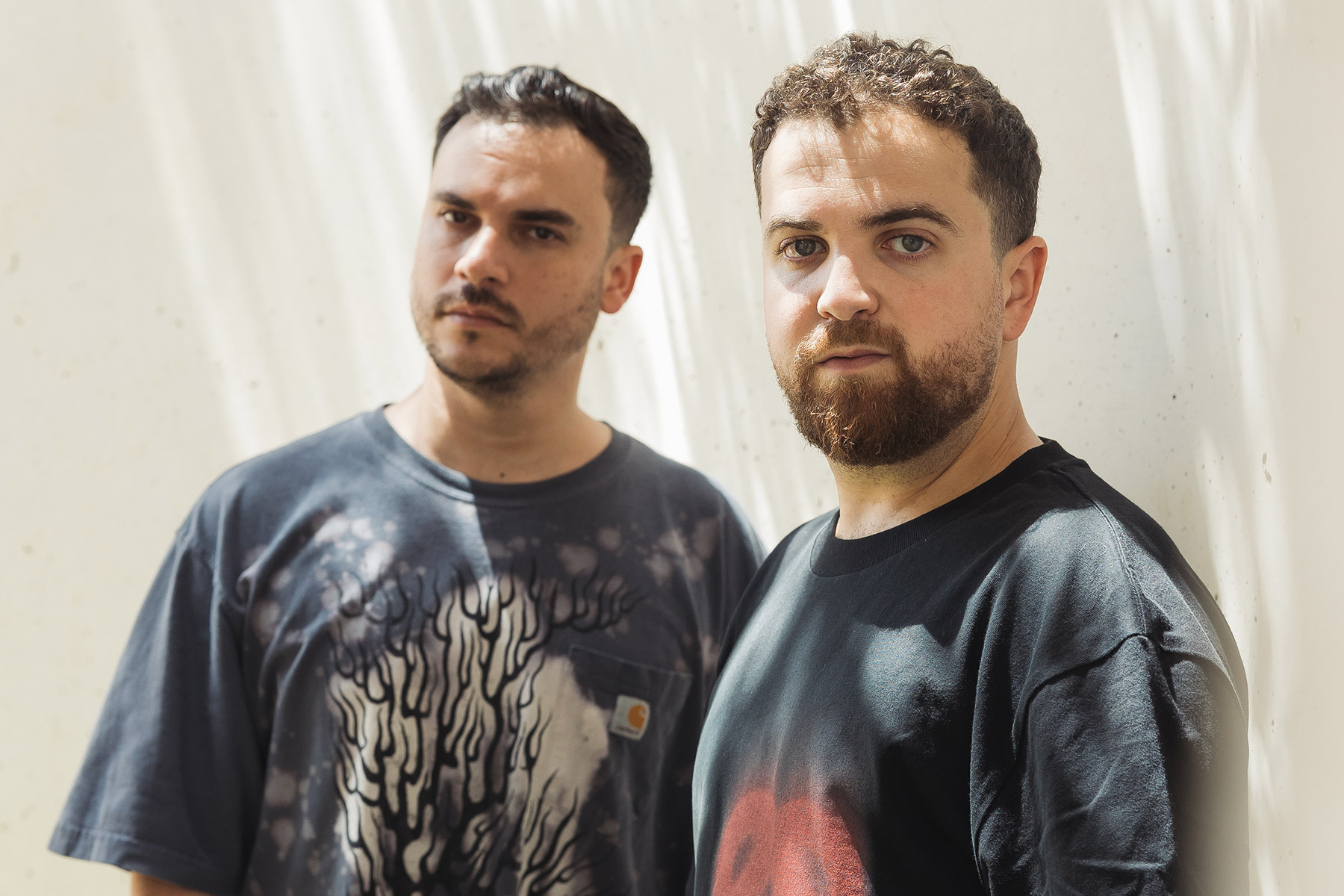Drawing from an eclectic array of influences to create his own unique style of cinematic electronic music, Kennebec has just released his sophomore album ‘Without Star or Compass’ via Night Times Stories, the sister label to LateNightTales. From the subtle electronica of ‘Leaving The Canyons’ featuring the distinctive vocals of Future Islands frontman Samuel T. Herring, the expanding electronic beats of ‘Tall Tales’ featuring Hemlock Ernst (the rap moniker of Samuel T. Herring) and US singer Sudan Archives, to the effortlessly cast rhythms of ‘The Great Divide’ featuring Yazz Ahmed on horns, Kennebec set out to make an album which was more direct with sparser arrangements and distinct melodies, while still maintaining the eclectic and creative nature of his debut.
To celebrate the release of ‘Without Star or Compass’, Kennebec invited EG into his studio for 5 production tips to improve your workflow:
1. Put in the hours
Work really hard and make your life a dedication to your craft. Put in the hours. Your craft includes your skills whether that is beat making/production and playing an instrument, but also includes your character. Who are you? Are you taking care of yourself and the people around you? Wayne Shorter said, “Play and write music the way you want the world to be.” “Play what you wish for.” “Your humanity is your instrument.” We have to make a life dedicated to the skills of music and the skills of life, and we have to balance that with taking care of ourselves and maintaining a bigger picture in life.
2. Perspective
Take breaks and maintain perspective. I use a kitchen timer in the studio and have it go off every 30-60 minutes or so so I step outside, take a breath, refocus and gain perspective. Especially when mixing, it’s easy to get tunnel vision and ear fatigue. create your own system to avoid this. Listening with friends or in new environments can help too.
3. Just listen
Listen to lots of music, old and new. There are many legends in the world of hip-hop, impressionist piano, jazz guitar, spoken word, writers, painters, etc.. Learn about the history of music, different styles, and genres way outside of what you do. Exploring music beyond your own style is how you can incorporate diverse influences to innovate and make something new. Make listening ATTENTIVELY and studying music (whether it’s production, theory or arrangement etc..) a regular habit of life.
4. Focus on the source
When we make and mix music at home, we have the opportunity to tweak things endlessly on the computer. Try to avoid that rabbit hole by focusing on making your sounds good from the start – record a good-sounding instrument with a good microphone, then go to compression EQ and reverb. Don’t try to take a mediocre-sounding instrument and record it and effect it to death forever trying to fix it and turn it into something it’s not. Some good sounds can be made this way but it’s not a good reliable efficient recipe. Start at the source, the beginning of your signal chain for quality sounds. So, player -> instrument -> microphone (and room) -> any eq, compression, and reverb afterward.
5. Less is more
Consider negative space. Rather than arranging every moment to death with layers, try to create space for the music to breathe within. The same goes for notes – playing less can be more. The space between the notes, and between the layers of arrangement can be some of the most powerful elements of a song or album. This can really help the music come to life. For me anyways, my tendency is toward maximalism, so I’ve gained a lot by exploring and considering minimalism and negative space. If your predilection is the opposite and you’re feeling stuck, it might be worth exploring maximalism, taking risks, and throwing paint at the wall.
Kennebec’s ‘Without Star or Compass’ is out now via Night Times Stories. Purchase your copy here.
Follow Kennebec: Facebook | Soundcloud | Instagram | Spotify








